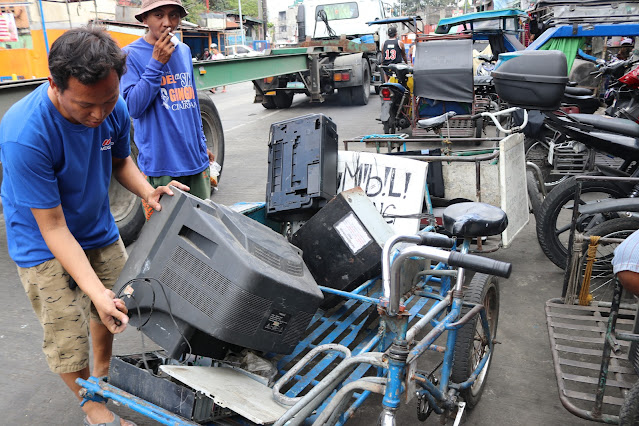Five Effective Tips on How to Manage and Reduce E-Waste at Home
People use technology and electronics in every aspect of their lives. From using cellular phones for entertainment to refrigerators for food, it is difficult to imagine life without them. Unfortunately, the advent of technology also brought the skyrocketing of electronic wastes or e-wastes.
E-waste or Waste Electrical and Electronic Equipment (WEEE) are any broken, spent, obsolete, and unwanted electronic and electrical products requiring disposal. The improper dismantling, burning, or disposal of such can result in the release of harmful chemicals into the environment, which are detrimental to the environment and people’s health. The most common e-waste items are computers, cellular phones, washing machines, and refrigerators.
According to 2019 data, the Philippines is currently one of Southeast Asia’s top generators of e-waste, generating 3.9 kg of e-waste per capita. Additionally, the Department of Environment and Natural Resources Environmental Management Bureau (DENR-EMB) also reported that the country generated 32,664.41 metric tons of WEEE in the same year.
People's ever-growing reliance on electronics largely contributed to e-waste becoming the fastest growing waste stream worldwide. While solving the global problem may sound daunting, there are effortless yet effective ways individuals can help reduce e-waste.
Here are five simple tips on how to successfully manage and reduce e-waste at home:
- Be responsible consumers. You do not need to upgrade to the latest gadgets every year, nor do you have to buy everything you see online. Only buy new electronics and appliances whenever required to reduce the number of e-waste. Overconsumption is one of the biggest causes of e-wastes.
- Fix rather than buy. Whenever you have old or broken electronics, check in with repair shops first to see if they are still fixable. Try to extend the lives of electronics and only buy new ones whenever necessary.
- Regularly clean and organize your items. If we have an idea of what gadgets or electronics we have at home, it will help us not buy things we already have.
- Bring back old electronics to the store. Some electronic shops buy back e-wastes for recycling, so they should be recycled than just be disposed of.
- Contact your barangay about your locality's proper e-waste management and disposal site. Do not just simply mix e-waste with other types of waste. Ask your barangay where to dispose of them and how to manage them.
Following these simple tips will not only help the environment but will also make you save money. But aside from the obvious solution of reduction and recycling, one of the most effective ways to mitigate e-waste pollution is through educating and sharing these pieces of information with different social circles. The fight against e-waste pollution cannot be achieved by one man alone but requires the action and commitment of all bodies– from the national government down to each citizen. | PATRICIA NICDAO






Comments